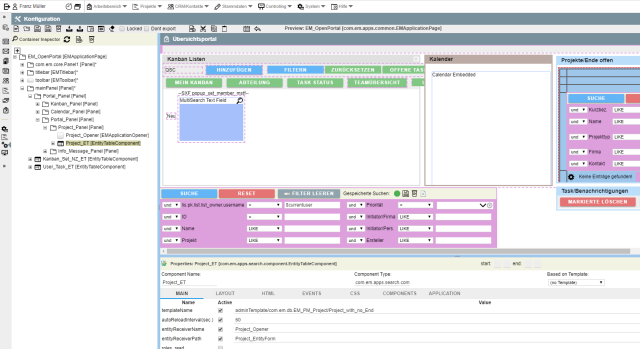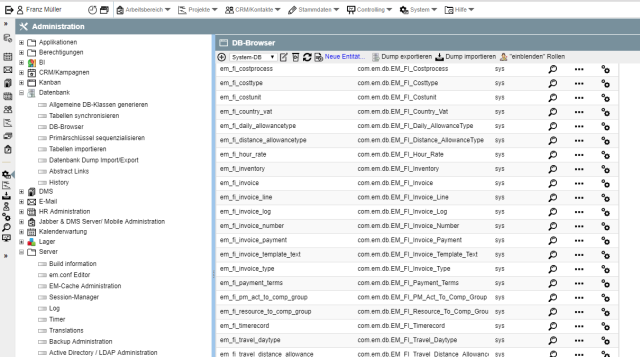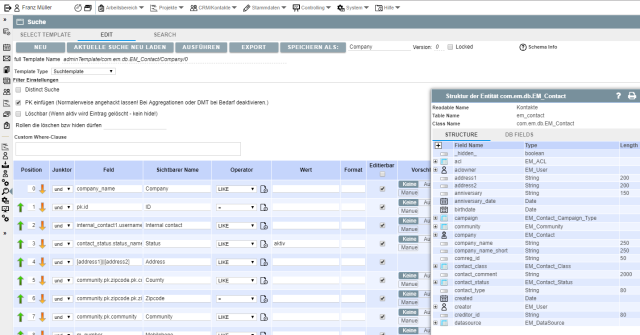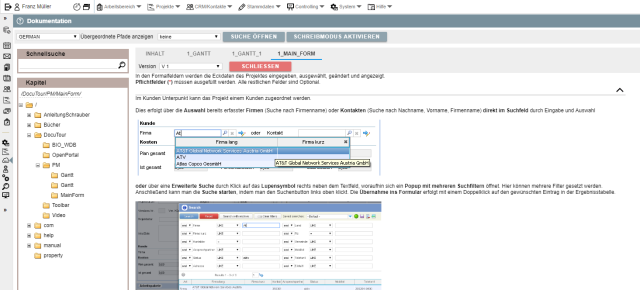Our development environment is based on continuity and a no- or low-code platform that significantly accelerates the development and deployment time for business applications and reduces costs.
Modern software development sets new standards. Through the use of no- or low-code platforms, integrated applications can be configured to conserve resources. Reusable building blocks and the use of existing IT systems ensure the necessary efficiency in the digitization of business processes. Through the rapid application development approach and rapid prototyping, it is possible to effectively develop a comprehensive and performance-oriented application in a shorter time using no- or low-code platforms.
THE ADVANTAGES OF RAPID APPLICATION DEVELOPMENT
The Rapid Application Development approach requires little pre-planning and preparatory work and ensures productive results more quickly. Thanks to the time saved and the parallel development of the various software development phases, this form of software development means that a ready-to-use software can usually be delivered in less than 120 days. Further advantages of Rapid Application Development at a glance:
The Rapid Application Development approach enables the rapid creation of working code and prototypes. The processes are fluent and merge into each other, which not only results in greater transparency, but also a faster development time.
With frequent iterations, components and prototypes that are drawn out, the progress of the overall project, but also of smaller segments, can be easily measured and evaluated. This allows schedules and budgets to be adhered to.
Due to the constant interaction between users and the developing prototype, a higher quality can be ensured by the Rapid Application Development approach. The software can therefore be more user-friendly.
During development and prototyping, it is invaluable to receive both simple and frequent feedback from users who interact directly with the application. The Rapid Application Development approach enables almost constant user guidance and feedback through frequent iterations and prototype releases.
While most software projects traditionally have to wait until the end of their lifecycle to begin integration with other systems or services, a rapid application development application is integrated almost immediately. Through early integrations within a prototype, the Rapid Application Development System quickly detects any errors or complications within the integrations and forces immediate solutions.
During development, software is a fairly customizable form. Since code can be changed at any time and this leads to changes in the system or even new components are generated, it is advantageous for the development team to use this flexibility early and frequently by iterating and prototyping potential concepts or ideas throughout the entire development process.
By focusing on the development of incremental units, the chances of catastrophic failures are reduced.








